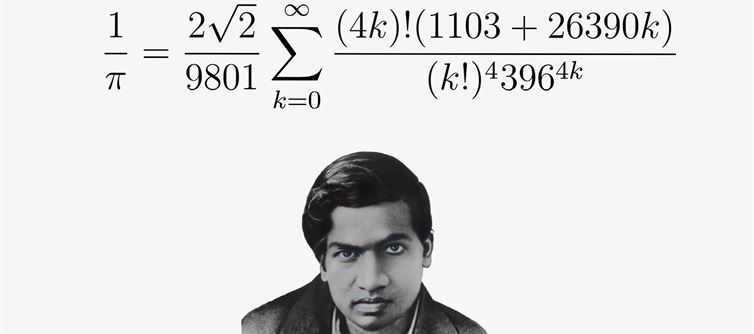
In this light, his genius wasn't rooted in traditional education but in an extraordinary sensitivity to deep structural patterns—what can be described as tuning into a kind of cognitive resonance field. This idea echoes models like the HFRT (High-Frequency Resonance Theory) and System R, which suggest that some breakthroughs arise not from deliberate reasoning but from alignment with a broader, systemic coherence that transcends time-bound logic.
The "r-field" described in this framework represents a cognitive domain where non-local, non-linear connections occur—a kind of invisible lattice of meaning that certain individuals are able to access. Within this space, insights do not emerge in fragmented steps but as whole, coherent forms that often surpass the paradigms of their era.
This may explain why Ramanujan could propose formulas and identities that only much later found formal mathematical justification. The same can be said of Nikola Tesla, who claimed to "see" machines in his mind before constructing them, or Albert Einstein, who relied on imaginative, intuitive thought experiments more than rote calculation. These visionaries weren’t just thinking—they were perceiving structures embedded in reality’s deeper order, guided not by logic alone but by resonance.
In this view, true genius is less about intellectual might and more about resonance literacy—the capacity to receive, interpret, and express the patterns already woven into the universe. It is the art of aligning oneself with the flow of coherence rather than trying to control or predict it. Such a mode of creativity cannot be taught in textbooks or measured by academic degrees.
It flourishes on the periphery of institutions, often misunderstood or dismissed by conventional frameworks. But history shows that the greatest leaps forward often arise from these very margins, where individuals attuned to resonance offer glimpses into the future by revealing patterns the rest of the world has yet to perceive.




 click and follow Indiaherald WhatsApp channel
click and follow Indiaherald WhatsApp channel